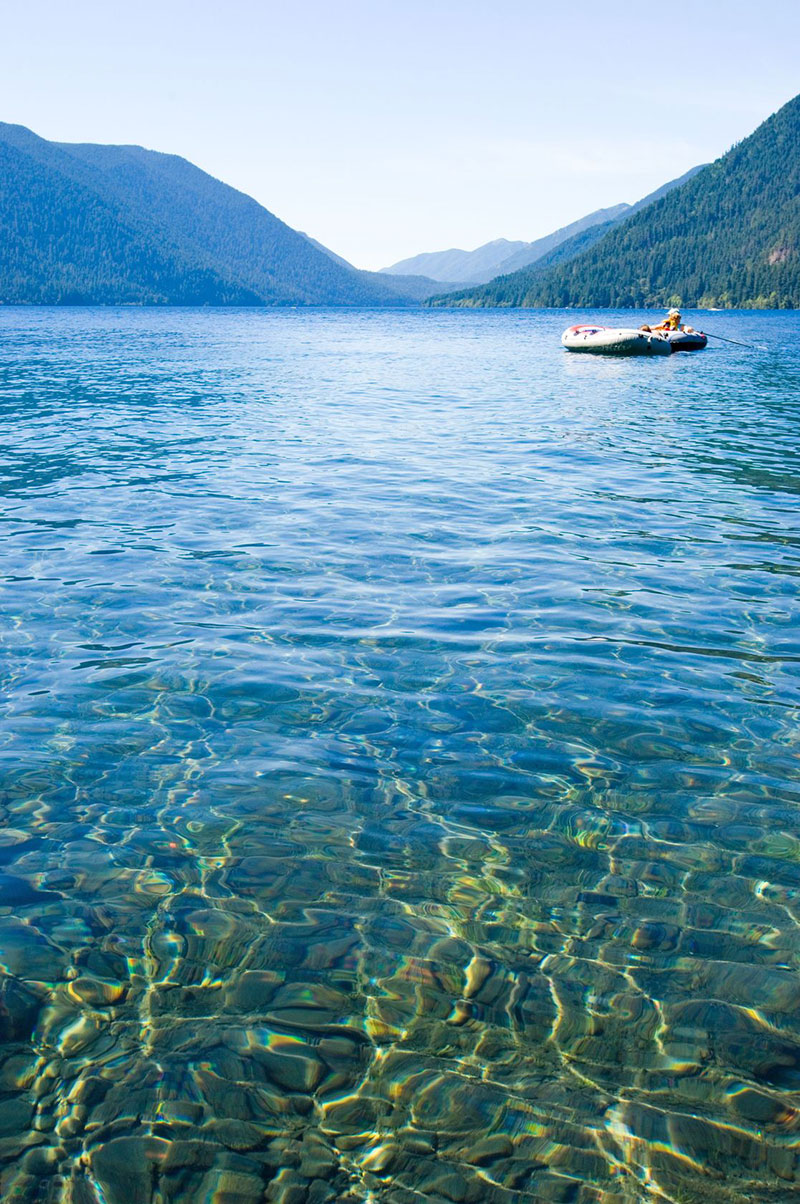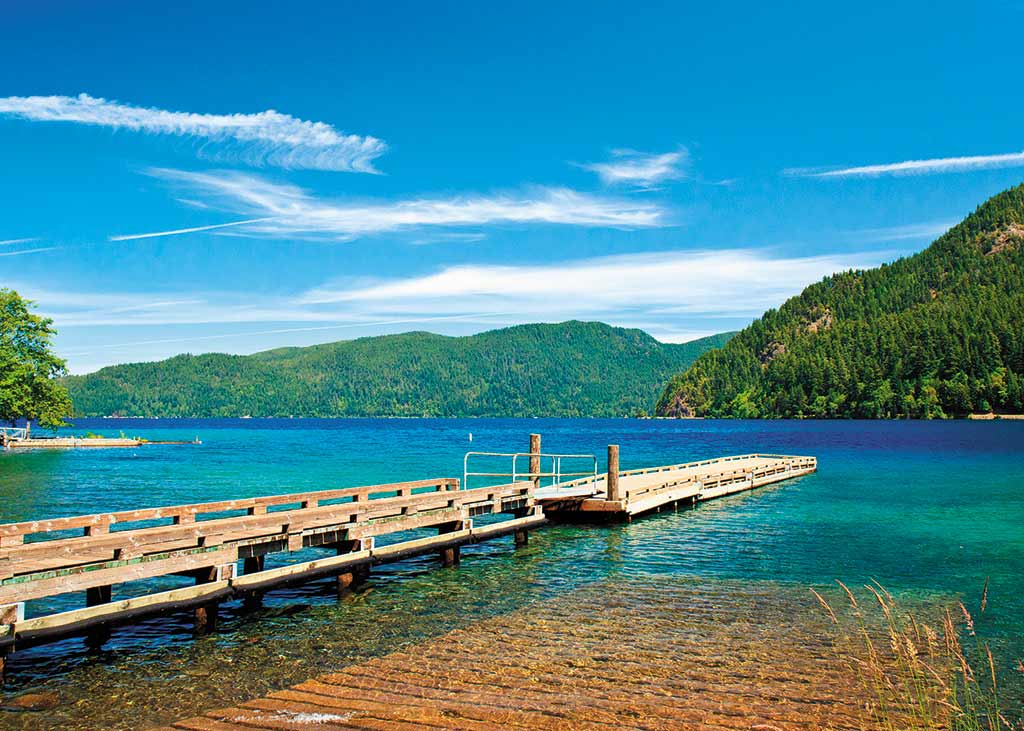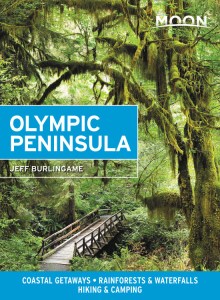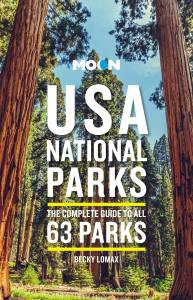Planning a Visit to Lake Crescent
A sparkling sapphire set amid high-forested mountains that seem to touch the sky, Lake Crescent is more than a place of beauty, it is a place of mystery. The cold depths of Lake Crescent and its ancient past have formed many of the myths that surround it. In 1970, surveys estimated the lake depth at around 624 feet, the maximum range of the instruments used, but recent measurements show depths in excess of 1,000 feet, shedding some light on its Loch Ness aura. Located in Washington’s Olympic National Park, the lake, named for its sickle shape, is also famous for its Beardslee trout, a 14-pound fish found only at Lake Crescent.
In the lore of the local S’Klallam and Quillieute peoples, Lake Crescent is the site of a conflict between two tribes that ended in destruction when the god Mountain Storm King (4,534 feet to the east of the lake) broke off part of his head and hurled it at the warriors, killing them all and splitting the lake in two, creating the upper Lake Sutherland.
Getting There
US-101 skirts the southern shore of alluring Lake Crescent, just 20 miles west of Port Angeles. The nearest ranger station, Storm King Ranger Station (360/928-3380), is usually open in summer with information and books for sale, and it has accessible year-round restrooms. Accessing Lake Crescent from Hurricane Ridge by car requires driving out of the park and getting back on US-101.

Things to Do at Lake Crescent
Hiking
The 90-foot Marymere Falls is a spectacular marvel, accessed via the Marymere Falls Trail, which starts at the Storm King Ranger Station, about 0.2 mile up from Lake Crescent Lodge. A flat path leads over Barnes Creek via footbridge, and from here stairs climb to the falls viewing area (0.85 mile), where the sheer force of the falls creates a cool, thick mist. A complete two-mile loop can be done by taking the Crescent Lake Lodge Trail.
At 2.2 miles one-way, the Mount Storm King Trail at the Marymere Falls Trail split takes you to an elevated (over 3,000 feet) view of the lake.
The well-known Spruce Railroad Trail (4 miles) is accessed from North Shore Road or Lyre Road at the opposite ends of the lake. The trail follows a World War I rail bed built to extract large Sitka spruce for aircraft, but the war ended prior to its completion. Starting from the Spruce Railroad Trailhead on North Shore Road, the trail eases upward a half-mile to its crest, then descends to the lakeshore to Devil’s Punchbowl Bridge. Across the bridge are open views of Mount Storm King rising from the southern shore. Working toward the northern end, the trail passes two old railroad tunnels that are closed to visitors due to dangerous conditions. The journey continues with views of the lake and Aurora Ridge emerging from behind the lodge. Inland, the trail ascends and meets the four-mile trailhead of the west side.
Newsletter Signup
By clicking ‘Sign Up,’ I acknowledge that I have read and agree to Hachette Book Group’s Privacy Policy and Terms of Use
Water Sports
The lake’s true depth is ultimately unknown, but its beauty is famous. You can rent a canoe or paddleboat at the Fairholm General Store (221121 US-101, 360/928-3020, $9-40) at the west end of the lake. The Lake Crescent Lodge (416 Lake Crescent Rd., 360/928-3211, $20/hr, $55 for 8-hour day) and Log Cabin Resort (Piedmont Rd., off US-101, 360/928-3325, $20/hr, $55 for 8-hour day) rent kayaks, canoes, and paddleboats and offer guided kayaking tours (1 hour: $35 single, $45 double; 2 hours: $45 single, $60 double). The Lake Crescent Lodge also rents fishing rods (8-hour day: $12 adults, $10 children).
Boat launches are located at the east end. Motorboats are prohibited on the west side, which is reserved for swimmers. Lake Crescent is extremely cold due to its depth. Life jackets and protective clothing are suggested.
Lake Sutherland is warmer as it is shallower and hosts several water sports activities. Swimming is popular, as are sailing, windsurfing, waterskiing, tubing, and Jet Skiing.
East Beach Picnic Area (east end of Lake Crescent) is set on a grassy meadow overlooking Lake Crescent. It’s a popular swimming spot with six picnic tables and vault toilets.
Lake Crescent is a catch-and-release recreational lake, with trout and salmon. Lake Sutherland is a premier spot for kokanee sockeye salmon, and cutthroat and rainbow trout. Bob’s Piscatorial Pursuits (Forks, 866/347-4232) offers year-round fishing trips. A Washington punch card is required during salmon-spawning season; fishing regulations vary throughout the park. Always check with the National Park Service for information. Licenses are available from sporting goods and outdoor supply stores around the peninsula.

Where to Stay at Lake Crescent
Built in 1916, Lake Crescent Lodge (416 Lake Crescent Rd., 360/928-3211, May-Dec., $125 and up) is a rustic lakeside retreat engulfed by hemlock and fir trees with inspiring sunset views. President Franklin D. Roosevelt, who stayed here in 1937, is one of the many guests who have rested at the lodge over the years. Sit on the porch for fine views of the mountains and Lake Crescent, or lounge in front of the big fireplace on a cool evening. The lodge has all sorts of accommodations, including lodge rooms (bath down the hall), cottages (some with fireplaces), and modern motel units.
The on-site restaurant, appropriately named The Lodge (416 Lake Crescent Rd., 360/928-3211, May-mid-Oct., $12 and up), offers casual lakeside dining for breakfast, lunch, and dinner. Large bay windows look out over the lake and feature gorgeous sunset views. Some of the menu favorites are wild salmon, filet mignon, glacier crab melt, grilled turkey sandwich, and an unforgettable clam chowder.
Log Cabin Resort (3183 E. Beach Rd., 360/928-3325, late May-Sept., $66-161 cabins, $40 RVs), at the northeast end of the lake, is three miles from US-101. Lodging is available in rustic cabins, motel rooms, and waterfront A-frame chalets. Many of the buildings have stood here since the 1920s.
Fairholme Campground (western shore of Lake Crescent, May-Oct., campsites $12/night, plus $15 per vehicle park entry fee) has 88 campsites for tents and 21-foot RVs, and it has a boat launch. Campsites are available on a first-come, first-served basis.
Campgrounds have adjacent picnic areas with tables, limited shelters, and restrooms, but no cooking facilities. Drinking water is available at ranger stations, interpretive centers, and inside the campgrounds. Pets and bicycles are not permitted on trails, except on the Spruce Railroad Trail.

Newsletter Signup
By clicking ‘Sign Up,’ I acknowledge that I have read and agree to Hachette Book Group’s Privacy Policy and Terms of Use
Pin For Later



